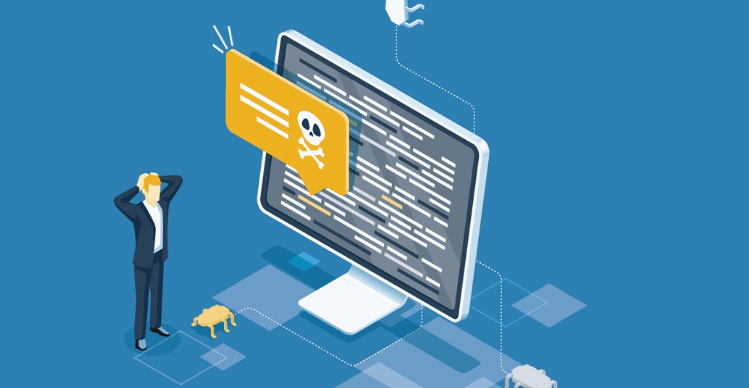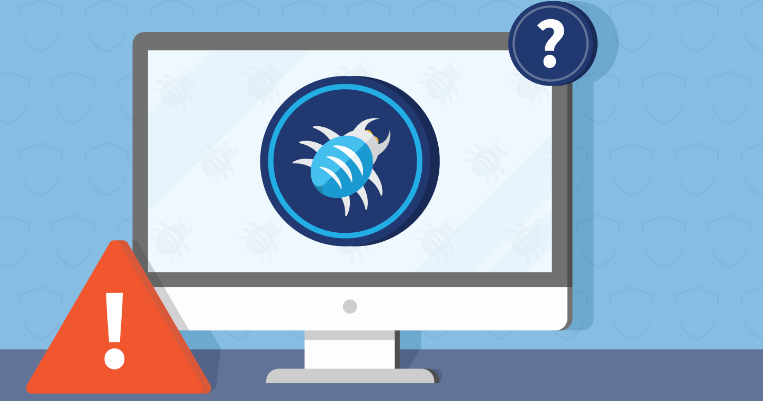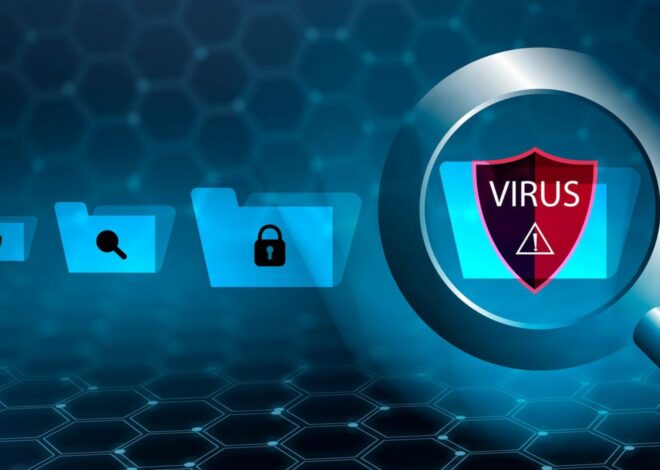
An Overview of 10 Common Computer Viruses
Computer viruses pose a significant threat to individuals and organizations worldwide, causing data loss, financial damage, and system disruptions. Understanding the characteristics and behaviours of common computer viruses is crucial for safeguarding against these malicious threats. In this comprehensive article, we’ll explore 10 prevalent computer viruses, their functionalities, and the impact they can have on your digital environment.

ILOVEYOU Virus
The ILOVEYOU virus, also known as the Love Bug or Love Letter spread through email attachments with the subject line “ILOVEYOU.” Once opened, it would overwrite files and spread to the victim’s email contacts. This virus caused widespread damage in 2000, affecting millions of computers worldwide.
Melissa Virus
The Melissa virus was one of the first major email viruses, spreading via infected Word documents attached to emails. Once opened, it would replicate itself and send copies of the infected document to the top 50 contacts in the victim’s email address book. The Melissa virus caused significant disruptions to email services in 1999.
WannaCry Ransomware
WannaCry is a type of ransomware that encrypts files on the infected system and demands payment in Bitcoin to decrypt them. It spread rapidly in 2017, exploiting a vulnerability in Microsoft Windows systems. WannaCry infected hundreds of thousands of computers worldwide, including those in healthcare, finance, and government sectors.
Conficker Worm
The Conficker worm, also known as Downadup or Kido, infected millions of computers worldwide after its emergence in 2008. It exploited vulnerabilities in Windows operating systems and spread through network shares and removable drives. Conficker enabled attackers to control infected computers remotely, leading to concerns about potential large-scale cyberattacks.
CodeRed Worm
CodeRed was a worm that targeted computers running Microsoft IIS web server software. It exploited a buffer overflow vulnerability to spread and launch distributed denial-of-service (DDoS) attacks on certain websites. CodeRed caused widespread disruptions to internet services in 2001, highlighting the importance of promptly patching software vulnerabilities.
Zeus Trojan
The Zeus Trojan, also known as Zbot, is a type of malware designed to steal sensitive information from infected computers. It primarily targeted online banking credentials and financial data, allowing cybercriminals to conduct fraudulent transactions. Zeus has been responsible for numerous cases of identity theft and financial fraud since its discovery in 2007.
Stuxnet Worm
Stuxnet is a highly sophisticated worm discovered in 2010, primarily targeting industrial control systems, particularly those used in Iran’s nuclear program. It exploited multiple zero-day vulnerabilities to infect systems and manipulate programmable logic controllers (PLCs). Stuxnet demonstrated the potential for cyberattacks to cause physical damage to critical infrastructure.
Mydoom Worm
Mydoom, discovered in 2004, is one of the fastest-spreading email worms in history. It spread via email attachments and peer-to-peer networks, launching denial-of-service attacks on targeted websites. Mydoom also installed backdoors on infected systems, allowing remote access by hackers.
Sasser Worm
Sasser was a self-replicating worm that targeted computers running Microsoft Windows XP and 2000. It exploited a vulnerability in Windows’ LSASS (Local Security Authority Subsystem Service) to spread over the network without requiring user interaction. Sasser caused system instability and slowdowns, affecting millions of computers in 2004.
Cryptolocker Ransomware
Cryptolocker is a type of ransomware that encrypts files on the infected system using strong cryptographic algorithms. It demands payment in Bitcoin to decrypt the files, often threatening to delete them permanently if the ransom is not paid within a specified time frame. Cryptolocker has been responsible for extorting millions of dollars from victims since its emergence.
Conclusion
Computer viruses and malware continue to pose significant threats to individuals, businesses, and critical infrastructure worldwide. Understanding the characteristics and behaviors of common viruses can help users and organizations take proactive measures to protect their systems and data from potential harm. It is essential to stay vigilant, keep software updated, and employ robust cybersecurity practices to mitigate the risks posed by malicious software.
Related Posts

The History of Antivirus Software

Top 10 Gaming Antivirus Software: Reviews and Comparisons

